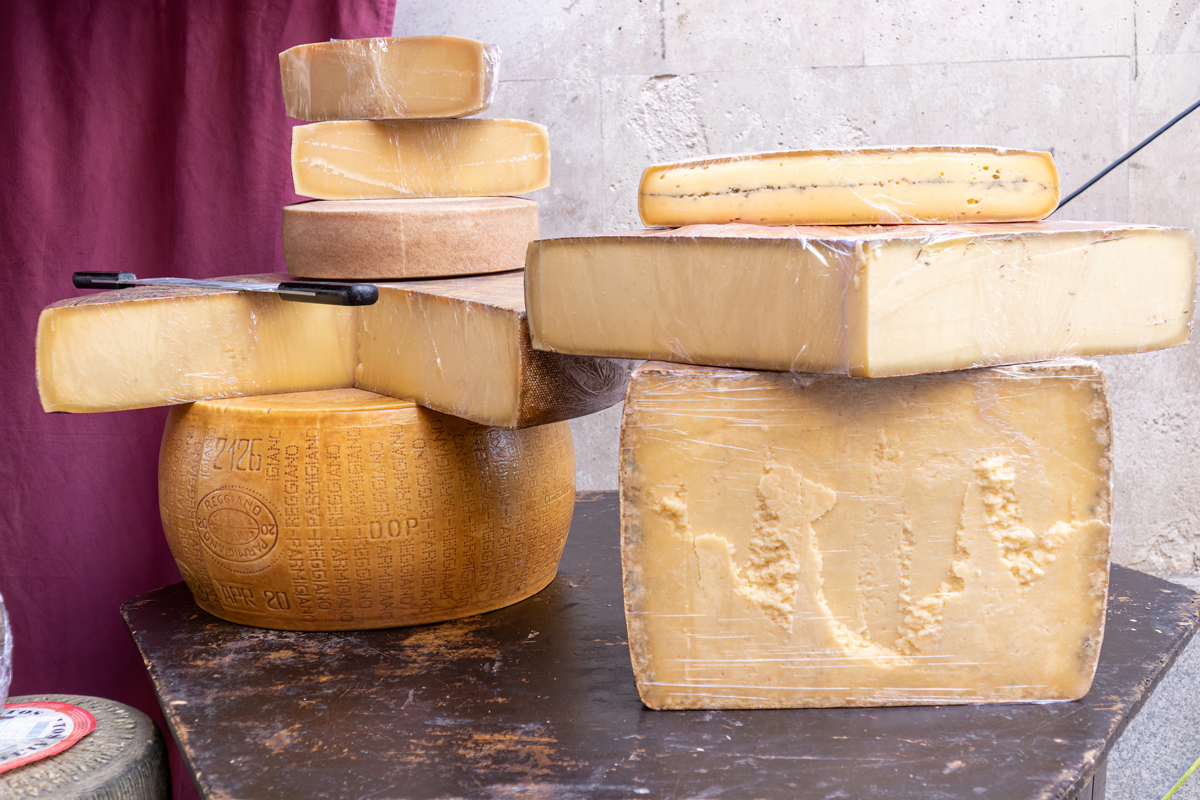Cheese treatise: 16th-century manuscript now online
Historic transcribers have completed work on a recently unearthed 1580s “pamflylt” on cheese, and the Tudor-era author’s comprehensive take on the foodstuff is gaining traction on the internet. Touted as a nutritious addition to the diet, a digestive aid, and even a wound cleaner, cheese is explored at length in the 112-page manuscript, which includes cheesemaking techniques, types of milk used in its production, and advice on when to partake — including a lively passage on whether rennet could be replaced with fish innards to both curdle the milk and satisfy religious fasting-day restrictions.
The document constitutes a for-its-time comprehensive guide; the author cites ancient Greek texts while offering contemporaneous tips and advice from “countrey folke” on matters of production and digestion. Many portions have stood the test of time: “Some do adde to the curdes the juice of herbes, as of sage and … other adde spyces to make hit more delicate to the taste.” The author also notes the geographical differences among varieties, suggesting that the difference in flavor is due to different pastures, some grasses “beinge sweete” versus regions where “the grasse doth yielde a certain unpleasantness.” Other passages, such as the one on using cheese — topically — to treat gout, have fallen by the wayside.
Food historians are studying the manuscript and even trying out some of the cheesemaking methods within. A University of Leeds press release notes that while some of the author’s scientific claims have long been debunked, other observations by the as-yet anonymous author are still circulating. In the manuscript, “there’s a lot of discussion about when you should eat cheese,” noted Alex Bamji, associate professor at Leeds University’s School of History. “Generally, the view was it was best towards the end of a meal, which a lot of us still subscribe to today.” He does caution, however, that the logic around this in the 1580s was wobbly: “Cheese doth press down the meate to the bottom of the stomake, it says, where the digestion is best.”
The manuscript, which is now part of the Leeds University collection, can be viewed at https://explore.library.leeds.ac.uk/special-collections-explore/750167

